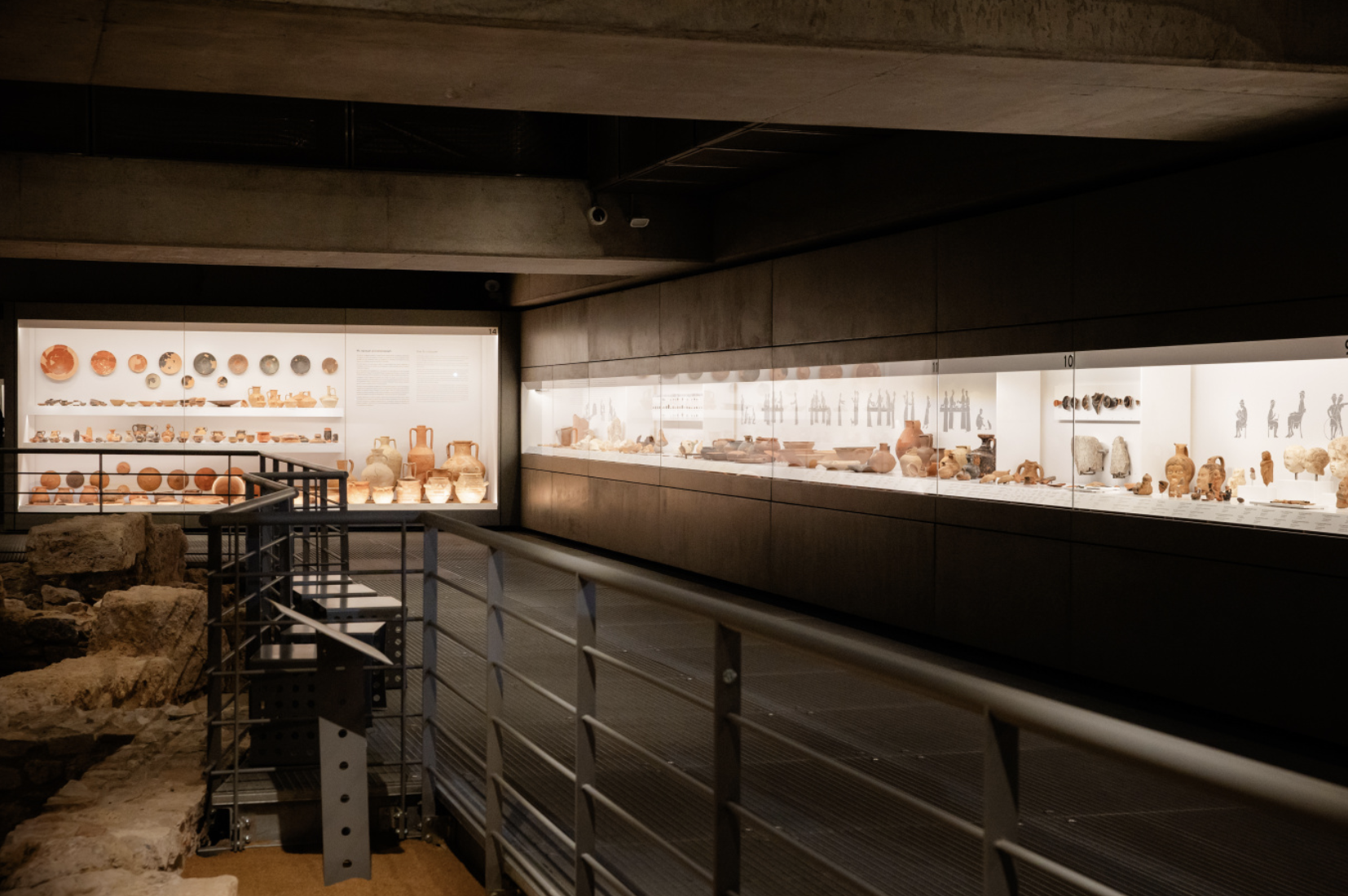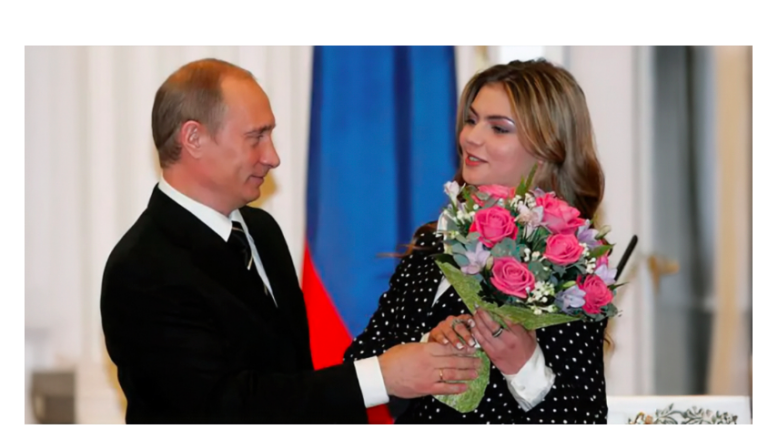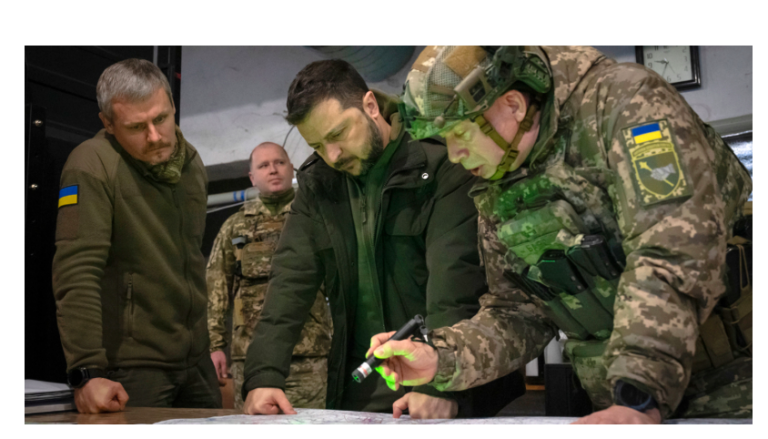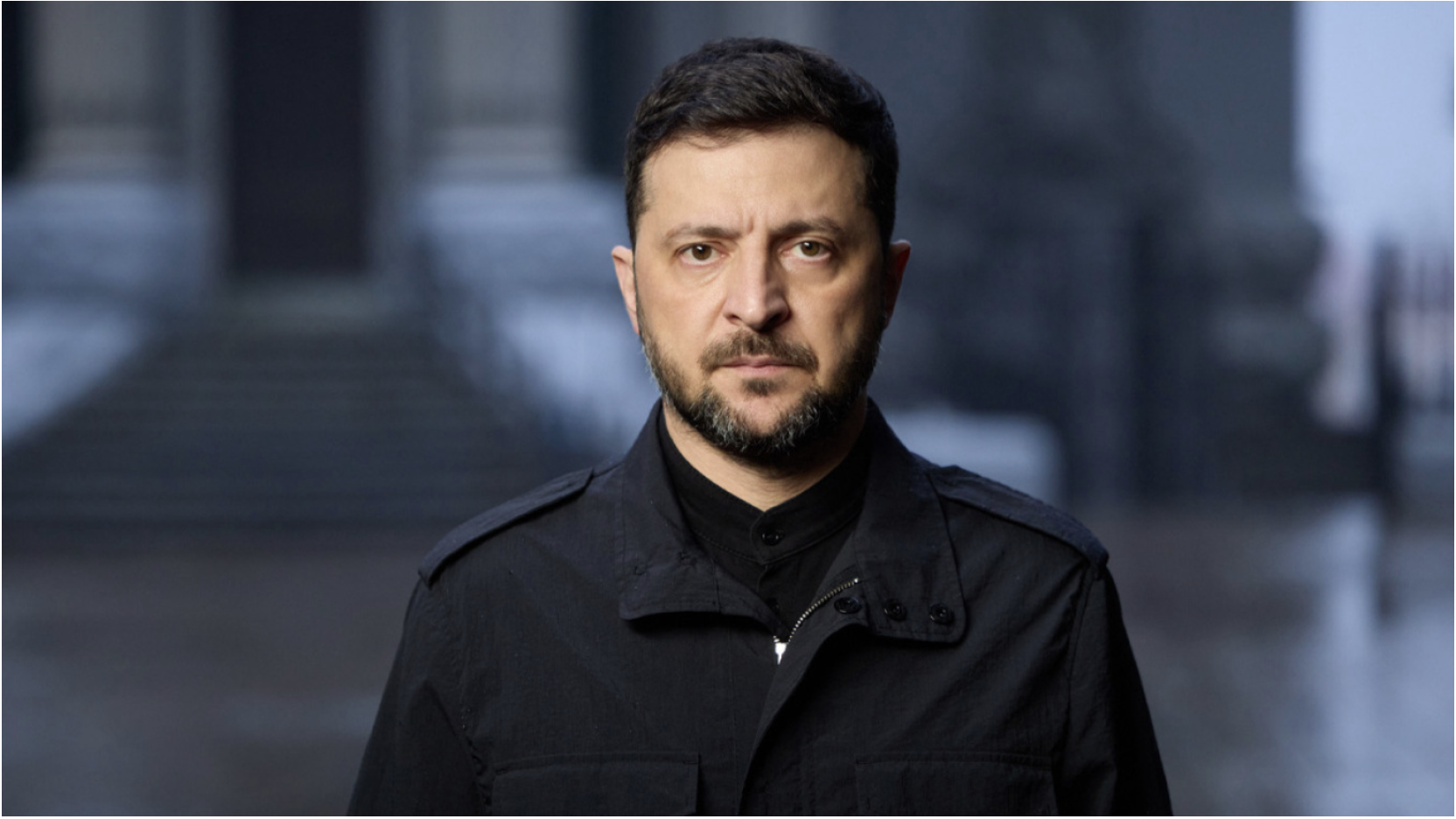A new significant museum space, a brand-new museum located beneath the Acropolis Museum, opens its doors to the public today, both Greek and international. The Excavation Museum, which houses 1,150 artifacts from the thousands left behind by people who lived there for more than 4,500 years, discovered during systematic excavations for the construction of the Acropolis Museum and the Acropolis Metro Station, was inaugurated last night by the President of the Hellenic Republic, Katerina Sakellaropoulou.
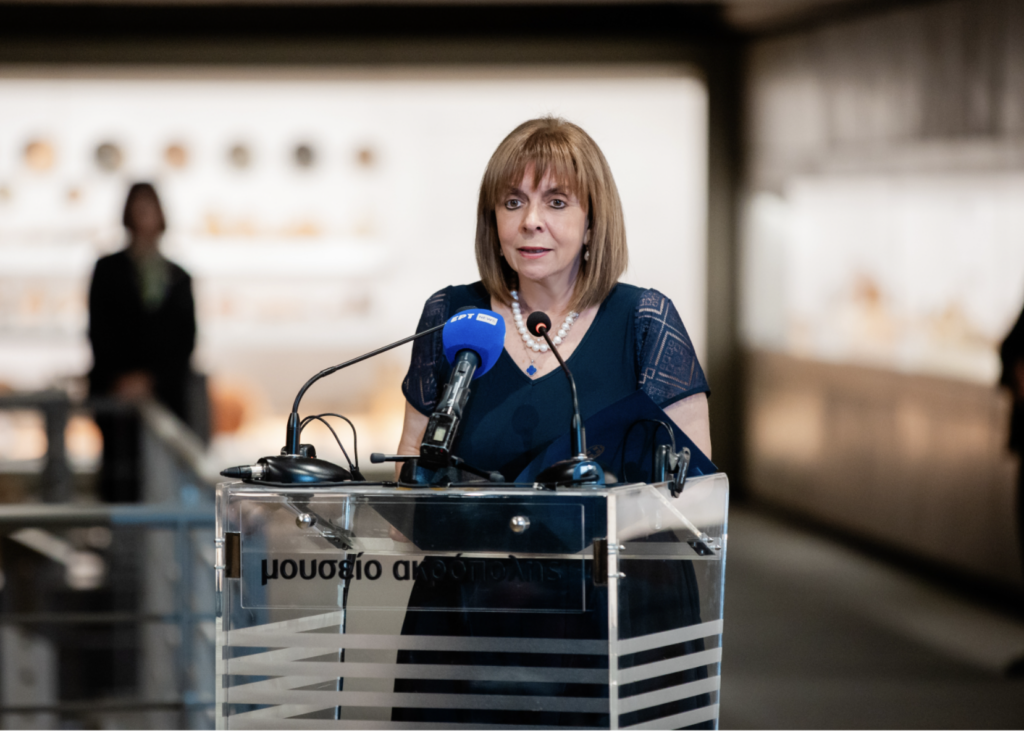
The President of the Hellenic Republic, Katerina Sakellaropoulou
“Excavation activities are a bridge between the past and the present. They ignite a continuous, whispered dialogue between them, which we hear in most corners of our homeland, but especially here in Athens. This dialogue, linking events and personal stories with objects and structures whose traces have survived through the centuries, not only contributes to the collective understanding of the past but also emerges as a concentrated expression of our collective identity. It brings us closer to the people who walked the same ground and lived under the same sky thousands of years ago, reinforcing the sense of belonging to a community that, while dramatically transformed over time, retains something fundamentally unchanged, an ethos that persists. Furthermore, the choice to place the forms of the two great philosophers of antiquity, Plato and Aristotle, alongside the portrait of Empress Eudokia, the first Athenian empress who, raised with Greek education and philosophy, brought the wisdom and splendor of Attic spirit to the capital of Byzantium and integrated it into Christian worship, emphatically underscores the continuity of Hellenism,” noted the President in her speech, adding meaningfully: “If Freud compared the process of excavation to that of psychoanalysis, in the sense that both seek the inner truth and meaning of things, I feel that here, in this sacred place, in the shadow of the Acropolis, such an exhibition strengthens our bond with our history and deepens our self-awareness.”

Minister of Culture Lina Mendoni
Minister of Culture Lina Mendoni emphasized that the internationally renowned Acropolis Museum is the most suitable place to host all the Parthenon Sculptures: “With the establishment, construction, and above all the operation of the Acropolis Museum,” she said, “our country has dispelled the once valid and strong argument of the British that Greece did not have suitable and worthy facilities to host them. It is now widely – almost universally and internationally accepted – that Greece supports its argument for the reunification of the Sculptures with tangible evidence of its strong will and practical ability to protect, preserve, showcase, and manage them in a scientifically and technically perfect way. For decades, we have been carrying out exemplary and model work in the maintenance, restoration, and reconstruction of all the monuments of the Acropolis, including the Parthenon. For 15 years, it has been absolutely clear that the British Museum’s argument not only does not hold but has, in fact, been completely reversed by the revelations of recent years. Beyond the excellent infrastructure and operation of the Acropolis Museum, its organic connection with the Rock and monuments of the Acropolis, its symbiotic relationship with the modern and ancient, the overlying and underlying building environment, and the urban landscape with the historical present and past of Athens, make it ideal to receive and host all the Parthenon Sculptures as a single and indivisible entity. This Museum creates the optimal physical and conceptual framework for showcasing, interpreting, and understanding these masterpieces.”
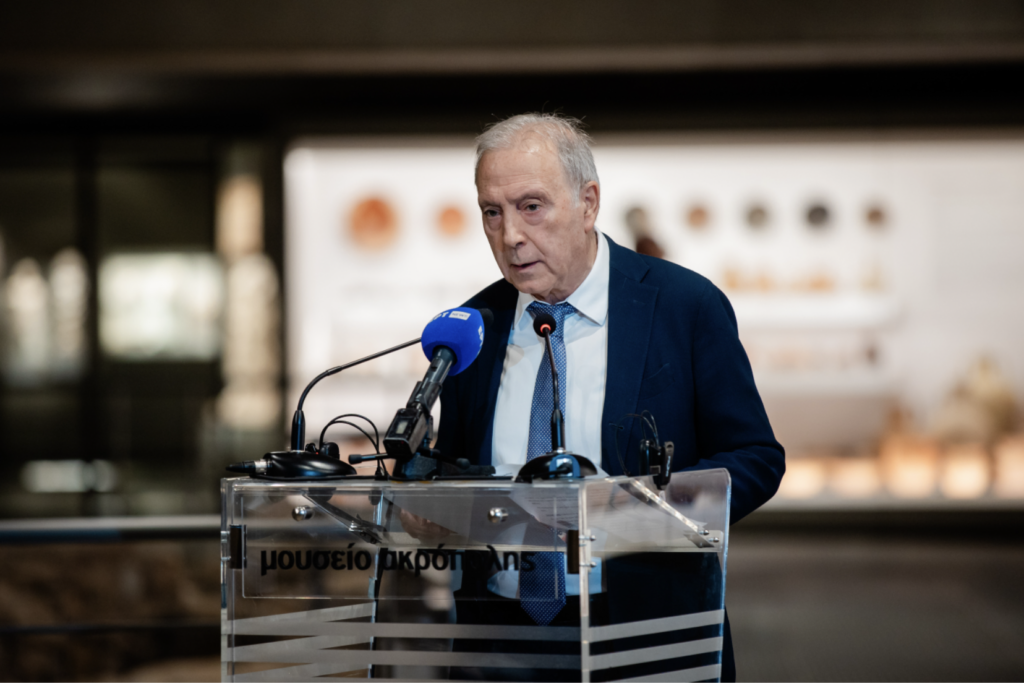
Director General of the Acropolis Museum, Nikolas Stampolidis
The Director General of the Acropolis Museum, Nikolas Stampolidis, gave a brief lyrical description of the new impressive museum: “To optimistically paraphrase the words of M. Anagnostakis: to bring to life the shadows of the houses and walk on old streets, in a city that is not dead but reconstructed in one’s imagination through its material remnants, objects, and fragments of works: statues, reliefs, vases, terracottas, coins, jewelry, and toys: made from clay, stone, and marble, glass and ivory, bronze and silver…
1,150 artifacts in a 35-meter-long display case that looks like a bright crack in time, a fissure in space, and like the last layer above the archaeological strata of the excavation, which you see around you.
Then it continues with a display case that hosts memories of the destruction of Athens by Sulla in 86 BC.
The end of the Excavation Museum is defined by an enclosed hall with statues and reliefs of gods and humans: Athena, Artemis, Cybele, Aphrodite, and Asclepius, gods close to the Athenians and their invocations for the protection of the city, the development of their children, for love and the healing of human pain, as well as portraits of familiar philosophers, Plato, Aristotle… even Empress Eudokia.
Furthermore, Mr. Stampolidis emphasized that “the Excavation Museum is another argument for why the architectural sculptures of the Parthenon must return and be reunited with their siblings at the Acropolis Museum: To give visitors the unique way to see and approach them experientially.”
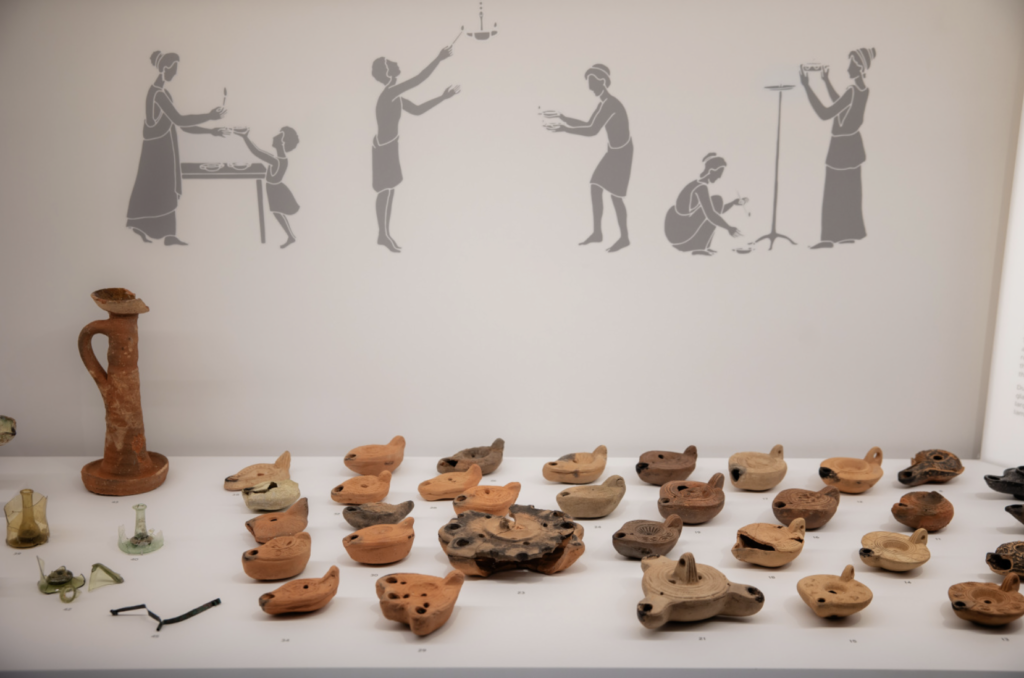
Stamatia Eleutheratou, Director of Collections and Exhibitions at the Acropolis Museum
Stamatia Eleutheratou, Director of Collections and Exhibitions at the Acropolis Museum, explained in her speech that “creating a permanent exhibition in semi-outdoor conditions, where temperature and humidity sometimes reach extreme levels, was a challenge that had to be met. And it was met. Complex mechanical and hydraulic installations ensure thermal stability and guarantee the preservation of even the most sensitive exhibits, certified materials offer complete watertightness and eliminate the emission of harmful pollutants, and advanced security systems protect against malicious acts.” She also announced that “the detailed entries for the 1,150 objects are being technically prepared to be posted by September on the Museum’s website, enriching the existing digital collection, while during the same period, an image recognition application will be launched, where visitors can access detailed information about each exhibit of the excavation through their mobile phones in 28 languages.”
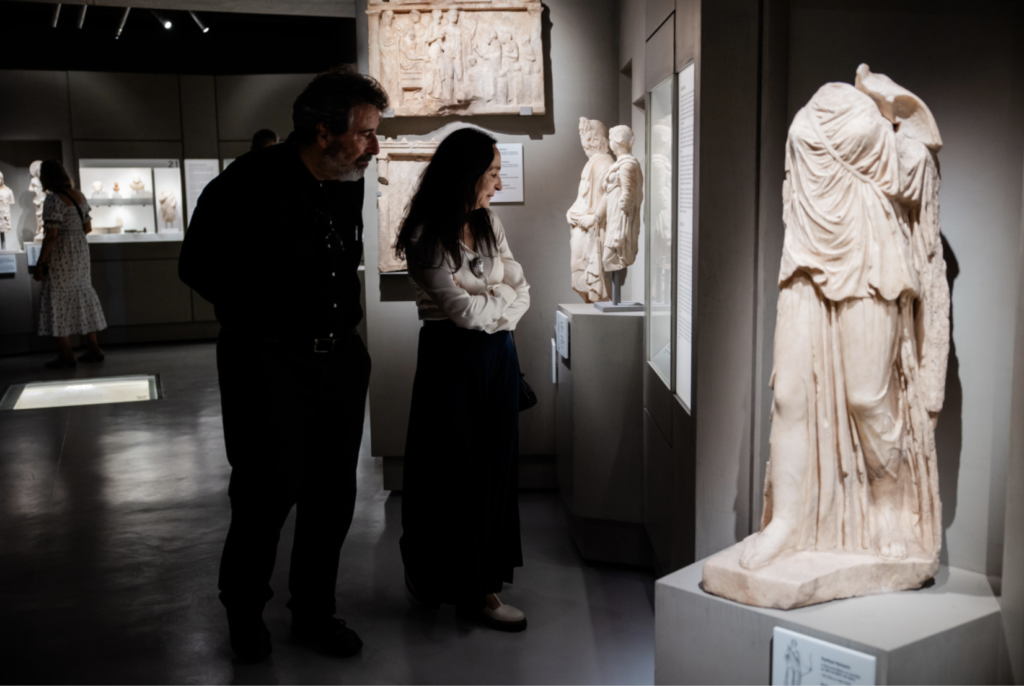
Governor of the Bank of Greece, Yannis Stournaras
Yannis Stournaras, Governor of the Bank of Greece, which was the exclusive sponsor of the display cases housing the mobile excavation findings, stated in his greeting: “I consider it of great importance that the Bank of Greece helped to ensure the public’s immediate visual and meaningful connection of the archaeological site’s ruins with such everyday objects, which span so many historical periods… We are truly proud that the Bank of Greece, which has previously helped highlight elements of Greek culture, also contributed to completing the permanent exhibition of the Acropolis Museum, providing the public with a space that highlights and interprets the historical past in an understandable and educational way.”
Ask me anything
Explore related questions
